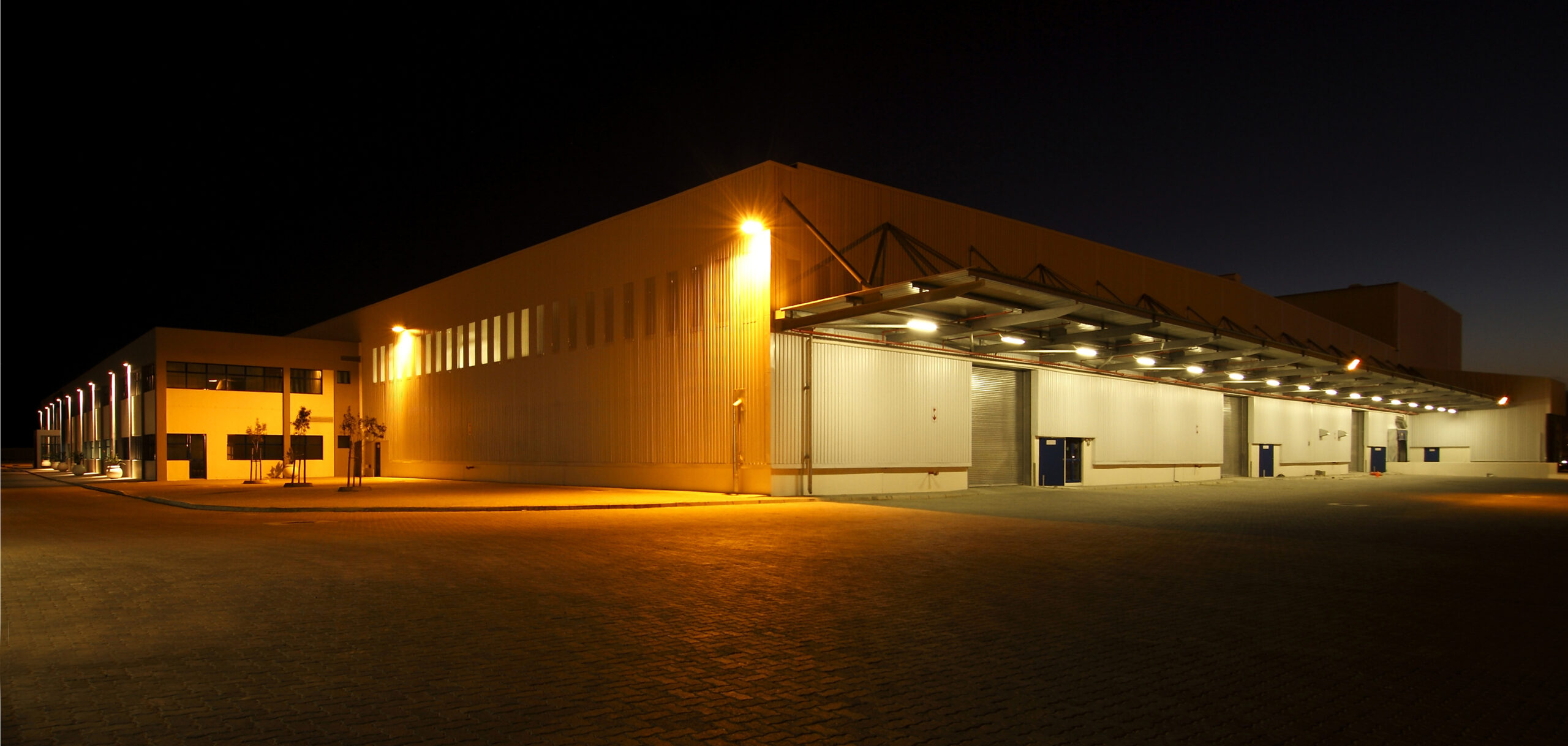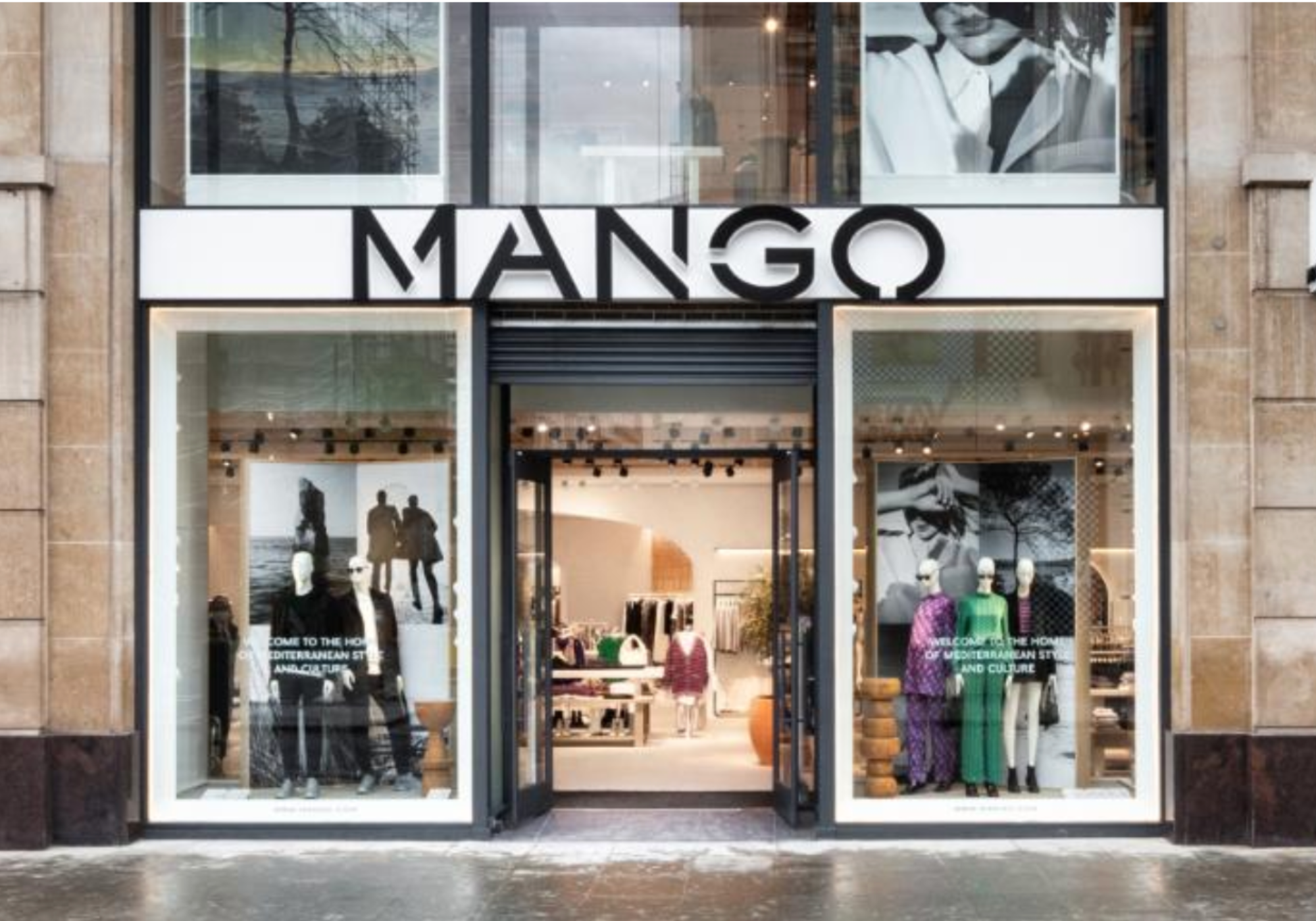Supermarket Morrisons has become the latest UK retailer to consolidate some of its sites, with its Bradford packing plant set to close in the second half of this year.
Morrisons said it plans to transfer the work to its fruit packing plant at Thrapston, Northamptonshire and its distribution centre in Wakefield – creating 400 new jobs at those sites. However, over 450 jobs at the closing Cutler Heights Lane facility will be put at risk.
“Recent investments in the Thrapston site has created more capacity and space which has made consolidation of the two sites possible,” a spokesperson for Morrison said.
“Regrettably, the proposal to consolidate two sites means that there are 456 colleagues at Cutler Heights who are at risk of redundancy. We will do everything we can to employ those colleagues in other Morrisons manufacturing, logistics and retail sites in the local area.”
This latest consolidation, part of Morrisons £700m three-year savings programme, follows news that Sainsbury’s plans to close two Argos depots over the next three years as part of a “modernisation” of its general merchandise operations across the group. This move would see its major warehouses cut from five to three.
While, Amazon plans to close its distribution centres in Hemel Hempstead, Doncaster and Gourock, in the west of Scotland. The ecommerce giant explained: “We’re always evaluating our network to make sure it fits our business needs and to improve the experience for our employees and customers.
“As part of that effort, we may close older sites, enhance existing facilities or open new sites.”
There were also reports of Amazon subletting unused sites.
A change in demand?
Reevaluating their current warehouse stock may be seen as a cost saving measure in these challenging economic times, but could it also be a sign of a shift in demand? With the rapid switch to ecommerce during the pandemic, there was a sudden rush for warehouse space.
Data from the Office for National Statistics (ONS) highlighted that the number of UK business premises classified as transport and storage (warehouses) was 88% higher in 2021 than in 2011, and 21% higher than in 2019. With the reopening of Britain’s highstreets, and limited consumer spending overall, could the need for warehousing space be diminishing?
By consolidating operations to existing sites, retailers may also be able to deal with the continuing issue surrounding the lack of labour. Trade association Logistics UK’s 2022 performance tracker found that over 18% of businesses reported severe to very severe problems recruiting warehouse staff.
Furthermore, the government-backed campaign to attract people to the industry, Generation Logistics, found over 90% of people have never considered a career in the logistics sector.
At the end of June, £300,000 of government funding was announced for the second year of the campaign to try and encourage young people into the logistics sector.
“This government support, alongside industry backing, will provide the platform for the industry to raise awareness of the diverse and fulfilling roles within the sector and identify the next generation of logistics professionals” said Phil Roe, executive sponsor, Generation Logistics.

Read more in the DeliveryX Warehousing 2023 report, which explores how the demand on space and labour has led to warehouses across the UK turning to automation, robotics and artificial intelligence (AI) to become as efficient, and as safe, as possible.







